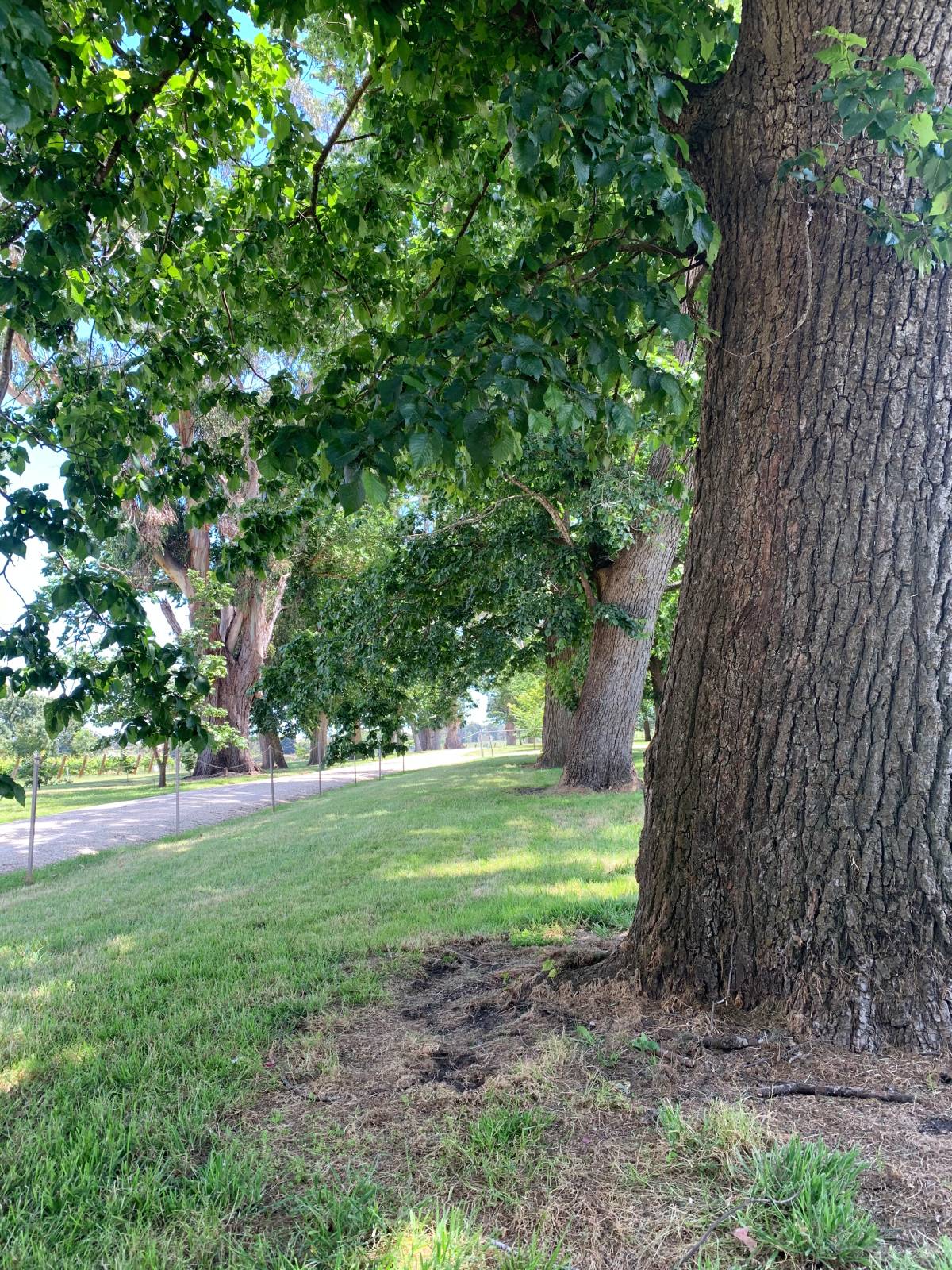The Importance of Trained and Experienced Arboriculturists in Providing Arboriculture Reports for your Development Application
The importance of educated and experienced arboriculturists in providing reports for development applications cannot be overstated. Trees and vegetation play a crucial role in maintaining healthy ecosystems, and their preservation during construction and development projects is essential for sustainable development. Arboriculturists are trained and experienced professionals who have the knowledge and skills required to assess the condition of trees, make recommendations for their retention during construction and solve complex problems at the interface between the trees and your proposed development.
In contrast, other professionals, such as surveyors, landscape architects, ecologists, and conservationists, do not have the same level of expertise in arboriculture. They may inadvertently include information in their Natural Values Assessment which attempts to cover the requirements of an arboriculture report. These professionals may lack the necessary training and experience to accurately measure trees, identify risks and hazards, or make recommendations for their preservation. As a result, errors can occur, leading to poor outcomes for trees and developers.
One common error that occurs when non-arboriculturists measure trees is errors in measuring and data collection. They may not understand the basic concepts of how to measure diameter at breast height (DBH) or diameter above buttress (DAB) which are crucial for setting out the protection zones. This can result in inaccurate measurements, which will impact the retention values of the trees. Retention values are a crucial component of the preliminary assessment and surprisingly often we find undermeasurements being recorded, resulting in trees being recommended for removal, rather than being afforded their correct level of protection. This leads to incorrect poor outcomes for trees, developers and the broader community.
Non-arboriculturists may also provide subjective advice that is not based on evidence. This can be problematic as tree preservation recommendations need to be evidence-based for the local councils to accept the information. Arboriculturists have the knowledge and experience to provide objective, evidence-based recommendations, ensuring that the preservation of trees is based on a sound and scientific approach.
Another error that non-arboriculturists may make is providing incomplete or incorrect information that is required by the council to make a determination. Arboriculturists are trained to provide comprehensive reports that include all the necessary information required by councils to make an informed decision against the local planning provisions in Tasmania. Non-arboriculturists may miss important information, which can result in the council requesting further information, delaying the development application process.
The reports provided by arboriculturists, including the preliminary assessment, impact assessment, and tree protection plan, are critical components for sustainable development. These reports help retention values of trees, provide recommendations for their preservation, and outline the measures required to protect trees during construction. If these reports are not accurate or comprehensive, it can lead to poor outcomes for both the trees and the development project.
Arboriculturists are trained and experienced in tree care and preservation, and they have a sound understanding of the requirements of councils and local regulations. They also understand the importance of preserving trees and vegetation during construction and development projects and can provide recommendations that balance the needs of the development project with the preservation of trees.
The importance of educated and experienced arboriculturists in providing reports for development applications cannot be overstated. Errors that can occur when non-arboriculturists are involved in measuring trees and providing reports can lead to poor outcomes for trees and developers. Arboriculturists are trained to provide accurate, evidence-based recommendations, and comprehensive reports that include all the necessary information required by councils to make informed decisions. By using arboriculturists to provide reports for development applications, we can ensure that the preservation of trees and vegetation is based on a sound and scientific approach, reducing the impact of construction and development on the existing assets, and promoting sustainable development.
Interested in learning more? Contact us for a chat about how we can help.

Blog written by Colin Fry
Colin is the director of Tasmanian Arboriculture Consultants Pty Ltd and our lead consulting arborist. He comes with an academic background and more than 20 years in practical tree care. As a registered member of Arboriculture Australia and secretary of the Tasmanian Arboriculture Organisation, Colin is passionate about Urban Forestry and helping people realise the benefits of living with well managed trees.

